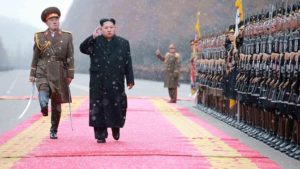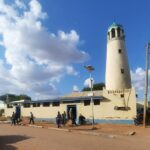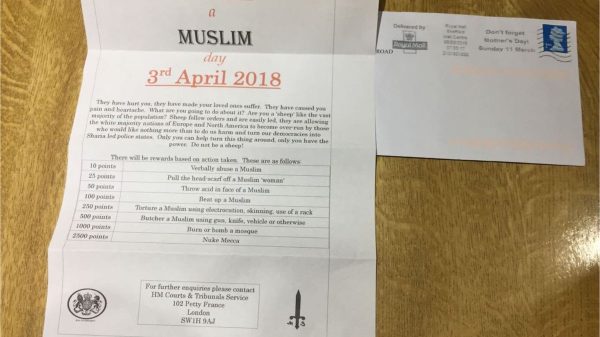By Euan McKirdy, CNN
(CNN)North Korea claims to have conducted its first successful test of a long-range missile that it says can “reach anywhere in the world.”
Tuesday morning’s missile test, which was conducted on the orders of the country’s leader, Kim Jong Un, reached a height of 2,802 kilometers (1,741 miles), according to state broadcaster Korea Central Television (KCTV).
That’s the highest altitude ever reached by a North Korean missile, and puts the US on notice that Pyongyang could potentially hit the US mainland.

The fear is that North Korea may one day develop the technology to mount a miniature nuclear warhead on a long-range missile, something analysts say it may have already achieved.
How true is claim?
Euan Graham, director of the International Security Program at Sydney’s Lowy Institute, said that one apparently successful test doesn’t necessarily mean that North Korea has the global capability it claimed.
“If the North Koreans are claiming they can launch an ICBM (to) anywhere in the world, that needs to be looked at through a technical lens,” he said, using the acronym for intercontinental ballistic missile.
“One successful test doesn’t get them over the bar; they’re claiming more than they can deliver at the moment.”
Most successful test yet
The missile, referred to as Hwasong-14 on state TV, flew into waters east of the Korean Peninsula and may have landed in Japan’s Exclusive Economic Zone, which extends 200 nautical miles from its coastline, according to a Japanese defense official.
The US Pacific Command said it tracked the missile for 37 minutes and described it as a “land-based, intermediate range ballistic missile.” Japan reported that its flight time was 40 minutes.
It was launched from Panghyon, in North Pyongan province, and traveled more than 930 kilometers (578 miles), according to South Korea’s military — further than a May 14 missile launch that analysts described as its most successful test ever. That launch reached a then-record altitude of around 2,100 kilometers (1,300 miles).
Bruce Bennett, senior international/defense researcher at RAND Corp., said North Korea had aimed high to limit the distance traveled and avoid a major international incident.
“You can’t hardly fire a missile from North Korea that’s got a thousand-kilometer range without it going into somebody’s exclusive economic zone. The bottom line is, they’ve flown it very high so that they can test the range of the missile. If they were to shoot it on a normal trajectory, it’s probably going to go out 6,000 or so kilometers. By definition, anything over 5,500 kilometers is an ICBM,” he said.
Russia, which shares a small border with North Korea, cast doubt on Pyongyang’s claim that an ICBM was fired.
The Russian Defense Ministry said in a statement it believes the missile reached an altitude of only 535 kilometers (332 miles) and traveled 510 kilometers (317 miles), according to state-run Sputnik news.
“The parametric data of the ballistic target’s trajectory matches the performance characteristics of a medium-range ballistic missile,” the statement said.
Trump responds to launch
It’s North Korea’s 11th missile test this year and comes amid increasing frustration from Trump about the lack of progress in curbing Pyongyang’s nuclear and ballistic missile programs.
Soon after the launch, but before North Korea announced its unprecedented height, the US President responded on Twitter.
“North Korea has just launched another missile. Does this guy have anything better to do with his life?” Trump asked, referring to Kim.
“Hard to believe that South Korea and Japan will put up with this much longer. Perhaps China will put a heavy move on North Korea and end this nonsense once and for all!”
Source: CNN














